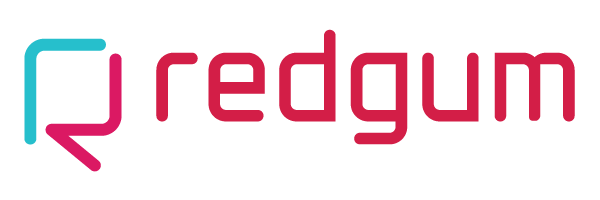
Retrospective Redprint
Existing software adoption, recovery, maintenance and replacement.
Many business software systems have grown organically from a small need or a good idea. Over time they have been added to, changed, worked on by different teams with different technologies and goals, and have been patched and added to one emergency at a time.
These business systems have embedded themselves as the core to some or all of your operations and your business can’t operate without them.
Your Software Legacy
SYMPTOMS YOU MAY BE EXPERIENCING
There are a wide range of problems that may have triggered your search for a solution. Common ones we have seen include:
External issues
Customers have learnt to push back on your business for discounts and issues
Levels of rework and resupply are increasing
Your ability to adapt to new challenges is limited by the system
Internal Issues
Staff making workarounds outside of the system to get their job done
Staff blame the system or the developers for all their issues
Nobody trusts the results of the system
New staff training time is measured in months and years
Internal infighting and conflict as people fight to get their part of the job done.
Issues with development
Developers blame the technology base
Developers blame the business for not knowing what they want
New requests and bug reports take longer and longer to be addressed
New releases of the software create more problems than they solve
Recommendations say “rewrite in new technology X”
The cost of implementing new features is growing rather than becoming faster
Developers are moving on to new projects and new employers.
RISKS YOUR BUSINESS MAY BE FACING
Each system with its role in the business provides a range of business and technical risks you may be exposed to, common ones include
Your business cannot adapt to new changes: legal, regulations, technology, and social media requirements.
You are loosing new opportunities because expectations of customers are higher.
You are loosing staff or customers.
You are loosing money to suppliers.
You can no longer maintain business continuity.
Security holes are exposing you to hackers.
WHY ARE YOU IN THIS POSITION?
Generally home grown systems lack Business (why), User (what) and Developer (how) documentation describing the business, its processes and the role the software plays.
This means the entire “knowledge and IP“, the history and reasons why decisions were made are trapped in a single developer’s head, or the detail is no longer known to anyone in the organisation.
This makes it very hard for
Businesses to make informed decisions about what they should do with the existing system: Keep it, grow it or replace it?
New developers to safely pickup, maintain or extend the existing system.
Business owners, users, process and software designers to understand enough about the existing system to feel confident they have safely extended or successfully replaced the existing functions.
New investors to understand what it is they are investing in.
WHAT CAN YOU DO ABOUT IT?
You are not alone, this is a common problem and Redgum have helped many companies out of this position.
These issues led Redgum to create a process which provide these critical answers about one of the key investments the business has made.
Firstly you need to get a handle on what you have, and understand from both business and technical perspectives where you stand.
Redgum start by mapping out your existing system using the Redprint format. This is similar to producing the blueprints for a house after it has been built. Once the high level plans have been captured Redgum are then in a position to provide a more targeted and tailored recovery solution.
Then, depending on a combination of what you discover and what your business goals are, you can plan forward the next stages.
Commonly we see one of the following patterns play out.
Good foundation but lacking ability to grow.
In these instances we put structure and processes around the current system.
Stabilise it and provide a common point of reference for business and developers to get clarity around what they are doing.
The goal is right but the foundations are outgrown.
This is often where capturing the learning from the existing system, and using it to inform a migration plan to safely move the business away from the current system onto a new foundation is the best answer.
Rethink the business operation.
Often when the urgent has overridden the important for too long, having a look at the business with the question “how should it work” is the best investment you can make.
After answering this, Redgum help by providing the correct architecture and set of technologies which support that answer.

Schedule a Discussion
Book a call to discuss how the Retro Redprint could revitalize your software landscape and provide a tailored roadmap to meet your business objectives. Use the calendar to select a convenient time for you.

